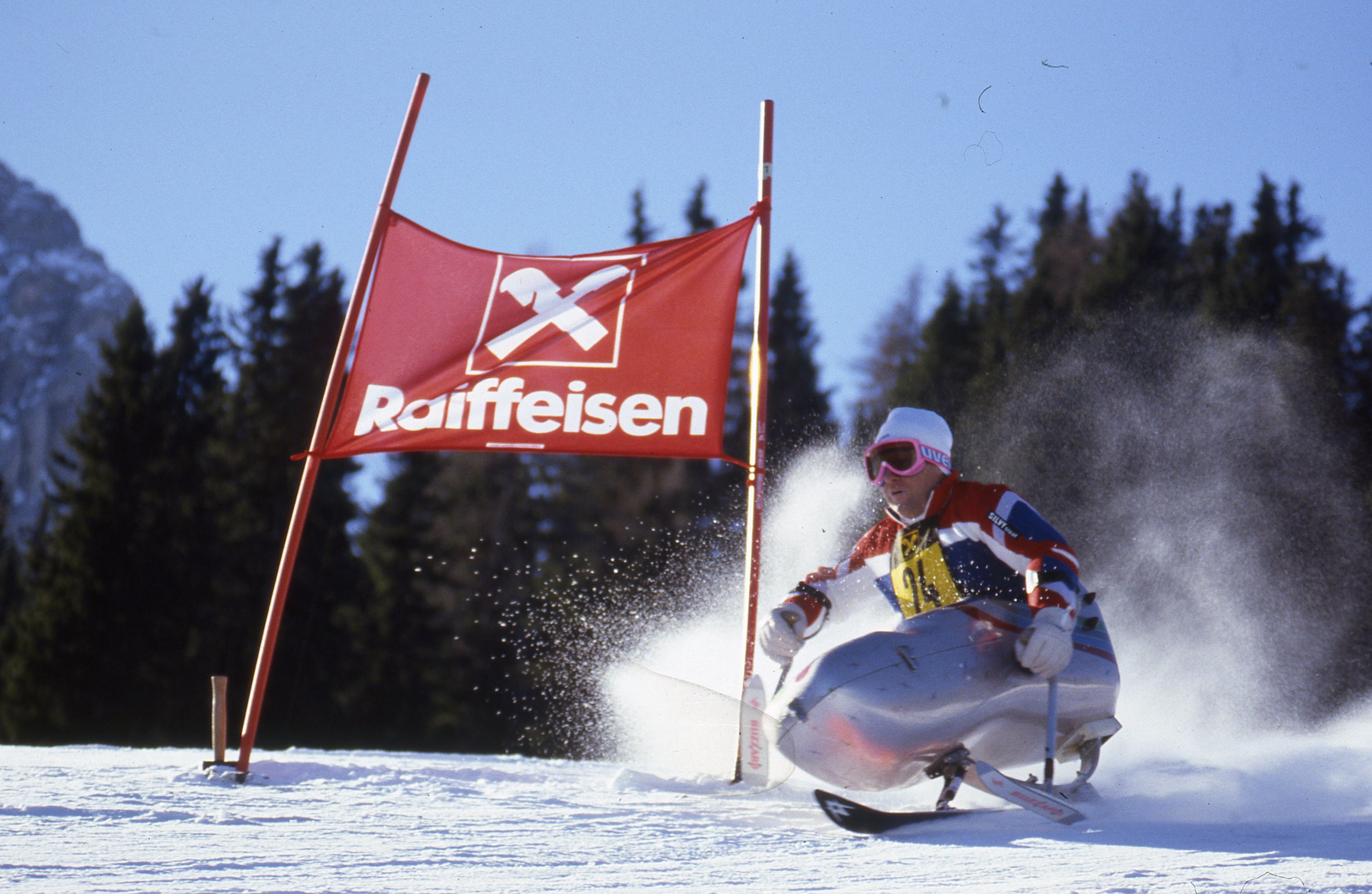
Climate change is threatening the viability of both the Olympic Winter Games and the Paralympic Winter Games, according to a study by a multinational team of researchers led by the University of Waterloo. The Paralympics, co-located with the Olympic Winter Games since 1992, but traditionally held closer to spring, is particularly vulnerable to a warming climate.
The study, building on previous work by researchers from Canada, Austria and China, found that if global emissions of greenhouse gases are not dramatically reduced the only host locations that would remain climate reliable for the Paralympic Winter Games are Calgary (Canada), Beijing (China), Albertville (France), and Salt Lake City (USA) — half that of the Winter Olympic Games.
"The traditional scheduling of the Paralympic Winter Games, approximately a month after the Olympic Winter Games, poses additional climate challenges as temperatures are warmer and the probability of rain instead of snowfall increases in most of the host locations," said Water Institute member Daniel Scott, a professor in Waterloo's Department of Geography and Environmental Management. “The world of winter sports is changing as the global climate continues to warm and elite winter athletes are witnessing the impacts of climate change as fewer and fewer places will be able to host the Olympic and Paralympic Winter Games as global warming accelerates.”
If greenhouse gas emission reduction pledges to the Paris Climate Agreement are successfully achieved, only 10 of the 21 sites that have previously hosted the Winter Olympics could still host the Winter Olympic Games and Paralympic Games by the middle of the century. If greenhouse gas emissions continue along current trends, the number of locations with a reliable climate for the Paralympics drops to only 8 by mid-century.
The study considered weather risk-management strategies like snowmaking, track and jump refrigeration, and high-resolution weather forecasting that are used to improve the reliability of conditions for fair competition and athlete safety.
"As the limits of current climate adaptation strategies are exceeded so regularly by mid-century, more transformational adaptations may need to be considered for the Paralympic Winter Games," said Scott. "Integrating the Paralympics with the Olympics in the most climatically reliable month of February, and extending the length of these joint games to accommodate the additional events, is one possible strategy."
The researchers also suggest an alternative may be to once again hold the Paralympic Winter Games in a separate location from the Olympic Winter Games, as they were from 1976 to 1988, so that the Paralympics can be held in the colder month of February.
The report, "The changing geography of the Winter Olympic and Paralympic Games in a warmer world," can be found in Current Issues in Tourism.
Original story by: Waterloo's Faculty of Environment

